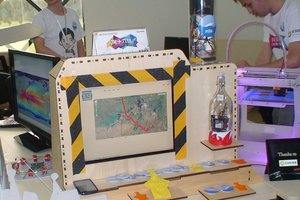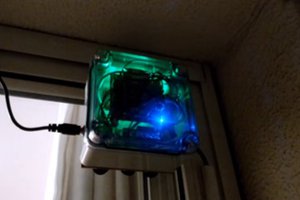The transmetatarsal foot amputation (TMA) is common in patients with diabetic neuropathy, ulcers, and peripheral artery disease. Partial foot amputations such as TMA are the most common type of amputation in the United States, and affects over 600,000 individuals. As the prevalence of diabetes and vascular diseases increase over time, experts say the frequency of TMA could double by 2050. While it is a viable option for limb salvage, TMA is an especially difficult wound to heal. Approximately 15 to 45% of partial foot amputation patients undergo a secondary amputation[1]. One factor in this is post-amputation skin breakdown and subsequent ulceration. Prosthetics can be used as a solution to promote healing and preserve function with respect to weight-bearing and ambulation. Current solutions lack suspension, impair limb health, and do not allow for proper proprioception of users. Our prosthetic is designed to take into account gait and balance, and provide a safer, more comfortable way of walking.
The objective of this prosthetic is to provide a comfortable and safe way for Transmetatarsal foot amputation patients to heal and ambulate again. The sensors in the insoles of the prosthetic detect changes in weight distribution across not only the partially amputated foot, but also the healthy foot. This allows the prosthetic to normalize the patient’s gait and ensure that they are walking as they once did. The compression sock contains sensors that take basic biometric data to monitor the limb health. The data is then stored in a mobile app and can be analyzed each time the patient has an appointment with the physical therapist or primary care doctor. This is invaluable because it provides day by day documentation of the patient’s progress, allowing therapists and doctors to see each piece of data necessary to assess the patient and recommend the right medication, exercise, or activity with specificity.


 Piotr Gaczkowski
Piotr Gaczkowski
 Weishan (Wesley) Yang
Weishan (Wesley) Yang
 EmericB
EmericB
 Dalton Oliveira
Dalton Oliveira
How are you designing the contractible strings?